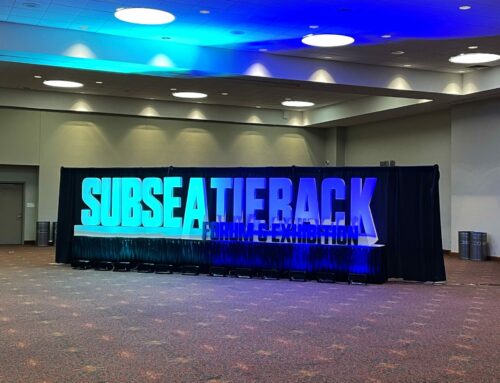The Importance of Insulation Testing
September 29, 2020
Insulation testing is a commonly used technique allowing the user to monitor and determine the insulation integrity of a given system. One can continuously monitor the insulation resistance (IR) with a line integrity monitoring device, or simply test as and when required with an insulation tester. IR testing has the capability of determining whether or not a weakness is present in the insulation and even better, has the potential to elucidate the type of fault present such as water ingress or localised weaknesses.
Common Failures of Submerged Umbilicals & Cables
The failure of submerged cables can occur due to a variety of reasons, typically involving open circuits, short circuits and electrical insulation failure. The most common cause of subsea electrical failures is the ingress of water into the cable insulation, which decreases the IR and may produce short circuits or leakage to earth. These faults often lead to loss of power and/or communications to subsea equipment and have the potential to halt production from subsea wells. It has also been demonstrated that prolonged operation of subsea power circuits with particularly low Insulation Resistance can lead to the loss of copper from the conductor at the fault site which in turn can lead to the complete loss of operability of the system.
Insulation resistance needs to be maintained at safe levels to not only shield against loss of production but also to protect against electric shocks to humans. When your cables, connectors and umbilicals are new, the electrical insulation should be in excellent condition. Nevertheless, insulation is subject to many effects which can cause it to fail – electrical stresses, mechanical damage, moisture or general ageing. As pinholes or cracks develop, water will penetrate the surfaces of the insulation, providing a low resistance path for leakage current.
Sometimes the drop in insulation resistance is sudden, but usually, it drops gradually, giving plenty of warning, if checked periodically. Good insulation has high resistance; poor insulation, relatively low resistance, but what really matters is the trend in readings over a time period, showing lessening resistance and warning of impending problems.
V-LIFE: Recovering a Low IR Fault
It is all very well determining the fault present in a channel, but how does one rectify an IR fault such as seawater ingress? In general, if the IR fault renders the system non-functional, the equipment will be replaced. Replacement of submerged equipment is a costly effort. An alternative, however, does exist for submerged cables. That being an innovative cable healing solution, V-LIFE.
V LIFE, a software-activated function of Viper’s topside-located V LIM, provides an active ‘healing’ solution and prolongs the lifetime of submerged cables – an obvious choice considering the costs and downtime associated with replacing submerged equipment. When insulation is damaged to the extent that seawater reaches the conductor (typically copper), the conductor corrodes (translating to copper loss). The continual corrosion of the conductor will eventually lead to failure. To avoid this, V LIFE can be enabled. V LIFE initiates an electrochemical process at the conductor which blocks the insulation fault with an insulating precipitate. This leads to reduced leakage current and thus increased IR.
Products & Services.
Viper Innovations provides control system distribution solutions for subsea oil and gas, railway and industrial sectors.





